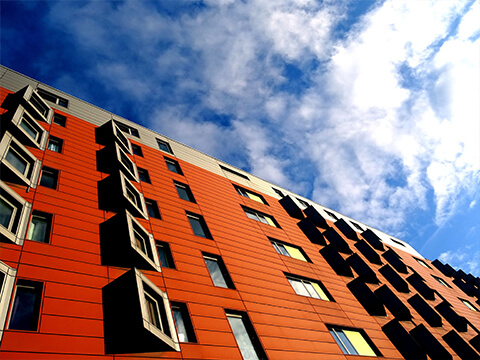 Development of smart cities across the globe has recently become a hot topic. People want to enjoy more of life while living close to work, entertainment and other amenities.
Development of smart cities across the globe has recently become a hot topic. People want to enjoy more of life while living close to work, entertainment and other amenities.
So what exactly are the key factors that must be present in order to create a truly smart city? Commercial real estate combined with residential real estate must be in the same vicinity. Mixed use properties with commercial real estate providing shopping, indoor entertainment, dining and work opportunities and residential real estate providing various types of living accommodations for the residents of the smart city. Quayside was a perfect example of a well thought out city that would bring all of these attributes into the same community.
When planning and implementing smart cities, it is essential to provide housing for all income levels. There should be houses, row homes and condominium style units, as well as rentals for those who are not yet committed to home ownership. Job opportunities should be walk-able or easily accessed by public transportation or cycling. This will help reduce the overall carbon footprint and help the environment. The building materials for the city should also be made of sustainable products.
Convenience
Convenience is the key component of a successful smart city. Residents must be able to provide day care and education for their children as well as entertainment. There must be green spaces available for residents in addition to plenty of parks. The green spaces should also offer a community garden to help sustain those who may rely more heavily on home grown foods. This also enhances the sense of community and helps create relationships between residents.
Shopping and dining should all be located within a convenient walking distance to housing units and businesses should utilize solar energy and other energy efficient methods to help power their lights and equipment. Green spaces for restaurants also encourages farm to table which minimizes truck deliveries and reduces carbon gases.
Accessibility
In addition to entertainment and shopping, larger corporations should be located within smart cities. This allows for employees to have easier commutes to and from work. In many cases these employees will have the opportunity to walk to locally owned businesses for lunch and then easily walk back to work. These cities should also have water accessibility along with easily accessible health care facilities.
Community Engagement
When it comes to creating smart cities it is imperative for commercial real estate developers to work in conjunction with local zoning commissions and seek input from the community. The plans must be diligently created in order to properly integrate all of the smart technology, infrastructure and community needs. A more thoughtful process will enable the smart cities to thrive.
Residents having the opportunity to work where they live gives them the chance to create a true balance in their life. This allows for people to eat, shop and be entertained in the same area they work and spend more time to enjoy life. Another benefit of smart cities is that the municipalities where they are located collect more tax revenue since the money earned is spent in the same area. In addition, the reduced transit times and denser populations allow for reduced carbon emissions to help the environment. Smart cities provide promise for the future with more advanced technology, smarter city planning, greener living and innovation zones for businesses.






